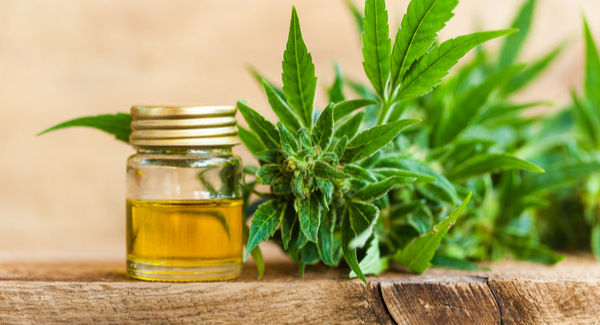Medical marijuana has gained significant attention in recent years as more countries and states consider legalizing it for medicinal purposes. While it has the potential to offer relief from various health conditions, it is crucial to weigh both its benefits and risks. This article will explore the advantages and challenges associated with medical marijuana, helping you make an informed decision about its use.
What is Medical Marijuana?
Medical marijuana refers to the use of the cannabis plant or its components, such as cannabinoids, to treat specific health conditions. Unlike recreational marijuana, which is used primarily for its psychoactive effects, medical marijuana is prescribed for its therapeutic properties. It contains active compounds like THC (tetrahydrocannabinol) and CBD (cannabidiol), which interact with the body’s endocannabinoid system to produce various health benefits. The legal status of medical marijuana varies around the world, with some countries allowing it for medical purposes and others still imposing strict regulations.
Health Benefits of Medical Marijuana
One of the most well-known benefits of medical marijuana is its ability to manage pain. It has been used as an alternative to traditional painkillers, particularly for patients with chronic conditions like cancer, arthritis, and multiple sclerosis. Studies have shown that cannabinoids can help alleviate pain by reducing inflammation and altering pain perception. This makes it especially useful for individuals who do not respond well to conventional pain medications.
Medical marijuana also shows promise in treating mental health conditions. It has been found to help reduce symptoms of anxiety, depression, and post-traumatic stress disorder (PTSD). For many individuals, marijuana offers a natural alternative to antidepressants and anti-anxiety medications, with fewer side effects. CBD, in particular, has been studied for its anxiolytic (anxiety-reducing) effects, providing relief for those suffering from stress and anxiety disorders.
Another area where medical marijuana has proven beneficial is in the treatment of epilepsy. Certain cannabis strains, particularly those high in CBD, have been shown to reduce the frequency and severity of seizures in patients with epilepsy, especially in children with severe forms of the condition. This has led to the development of FDA-approved CBD-based treatments like Epidiolex, which has provided life-changing benefits for many families.
In addition to pain relief and mental health benefits, medical marijuana has neuroprotective properties. It has been found to help protect the brain from damage and degeneration, making it a potential treatment for neurological diseases like Alzheimer’s and Parkinson’s. Research is ongoing, but the early results are promising.
Risks and Side Effects of Medical Marijuana
While medical marijuana offers various benefits, it is not without risks. One of the most common short-term side effects is dizziness, which can occur when first using marijuana. Other temporary effects include dry mouth, increased heart rate, and altered motor coordination. These side effects are generally mild and go away after a short period, but they can be concerning for some individuals, particularly those who are new to marijuana.
Long-term use of medical marijuana may also lead to more serious health concerns. Smoking marijuana, like smoking tobacco, can have adverse effects on lung health. Regular marijuana smoking can lead to chronic bronchitis and lung irritation. However, other methods of consumption, such as vaping or edibles, may reduce these risks.
Another concern is the potential for addiction and dependency. While not everyone who uses medical marijuana becomes addicted, there is a risk of developing a psychological dependence, especially with frequent use. It is essential to follow proper dosing guidelines and consult a healthcare provider to minimize the risk of misuse.
Medical marijuana can also interact with other medications, including blood thinners and antidepressants. It is important to discuss all medications you are taking with your doctor before starting medical marijuana to avoid any harmful interactions.
How is Medical Marijuana Used?
There are several methods of consuming medical marijuana, each with its advantages and drawbacks. Smoking and vaping are the most common methods, though they come with respiratory risks. Edibles, such as gummies or capsules, provide a longer-lasting effect but take longer to kick in. Oils and tinctures can be taken sublingually (under the tongue) for faster absorption, and topicals like creams or lotions are applied directly to the skin for localized relief.
Dosing is a critical aspect of using medical marijuana. Since the effects can vary based on the method of consumption, it is essential to start with a low dose and gradually increase it until the desired effect is achieved. Working with a healthcare provider can help ensure proper dosing and prevent adverse effects.
Conclusion
Medical marijuana offers significant therapeutic benefits for a variety of conditions, from chronic pain to mental health issues and epilepsy. However, it is important to approach its use with caution, considering both its benefits and potential risks. Consulting with a healthcare professional is crucial to ensure it is used safely and effectively. As research continues, the future of medical marijuana looks promising, offering new hope for individuals seeking relief from difficult-to-treat conditions.

